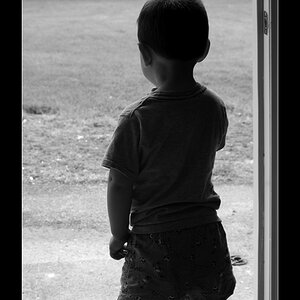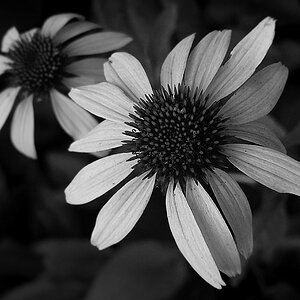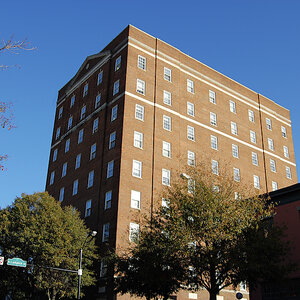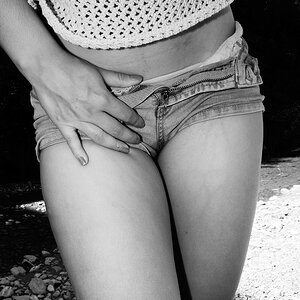- Joined
- Dec 16, 2003
- Messages
- 33,896
- Reaction score
- 1,853
- Location
- Edmonton
- Website
- www.mikehodson.ca
- Can others edit my Photos
- Photos NOT OK to edit
If you ever wondered,
wondered, whatever became of me,
I'm living on the air in Cincinnati....Cincinnati WKRP.
Sorry, I got sidetracked...
If you have ever wondered about which is better...anti shake built into the lens or built into the camera body...Here is an interesting article, with actual test results.
http://www.popphoto.com/cameras/4615/image-stabilization-special-stop-the-shake.html
To sum up, the in-lens tested slightly better but of course, IS/VR/OS lenses cost more and you have to buy it with each lens. In-camera is a one time cost with the body and it works for all lenses.
wondered, whatever became of me,
I'm living on the air in Cincinnati....Cincinnati WKRP.
Sorry, I got sidetracked...
If you have ever wondered about which is better...anti shake built into the lens or built into the camera body...Here is an interesting article, with actual test results.
http://www.popphoto.com/cameras/4615/image-stabilization-special-stop-the-shake.html
To sum up, the in-lens tested slightly better but of course, IS/VR/OS lenses cost more and you have to buy it with each lens. In-camera is a one time cost with the body and it works for all lenses.



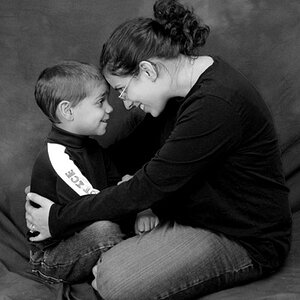

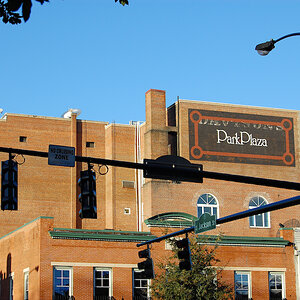
![[No title]](/data/xfmg/thumbnail/36/36677-3b91df53323d0850489794f28b3b9800.jpg?1619737677)
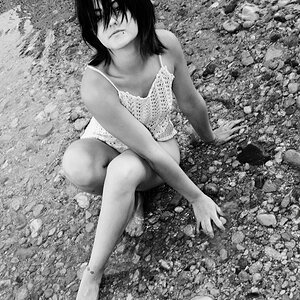
![[No title]](/data/xfmg/thumbnail/34/34114-dd12be026979ccd4182c5f478bd91448.jpg?1619736284)
